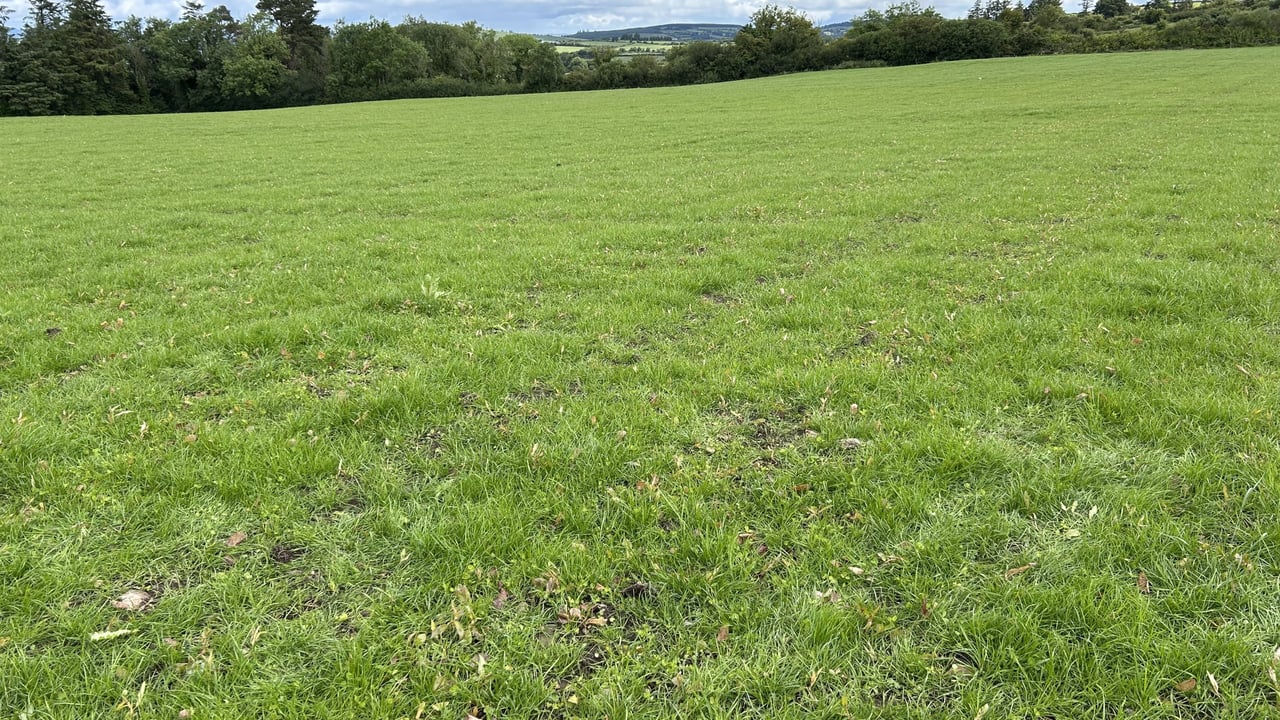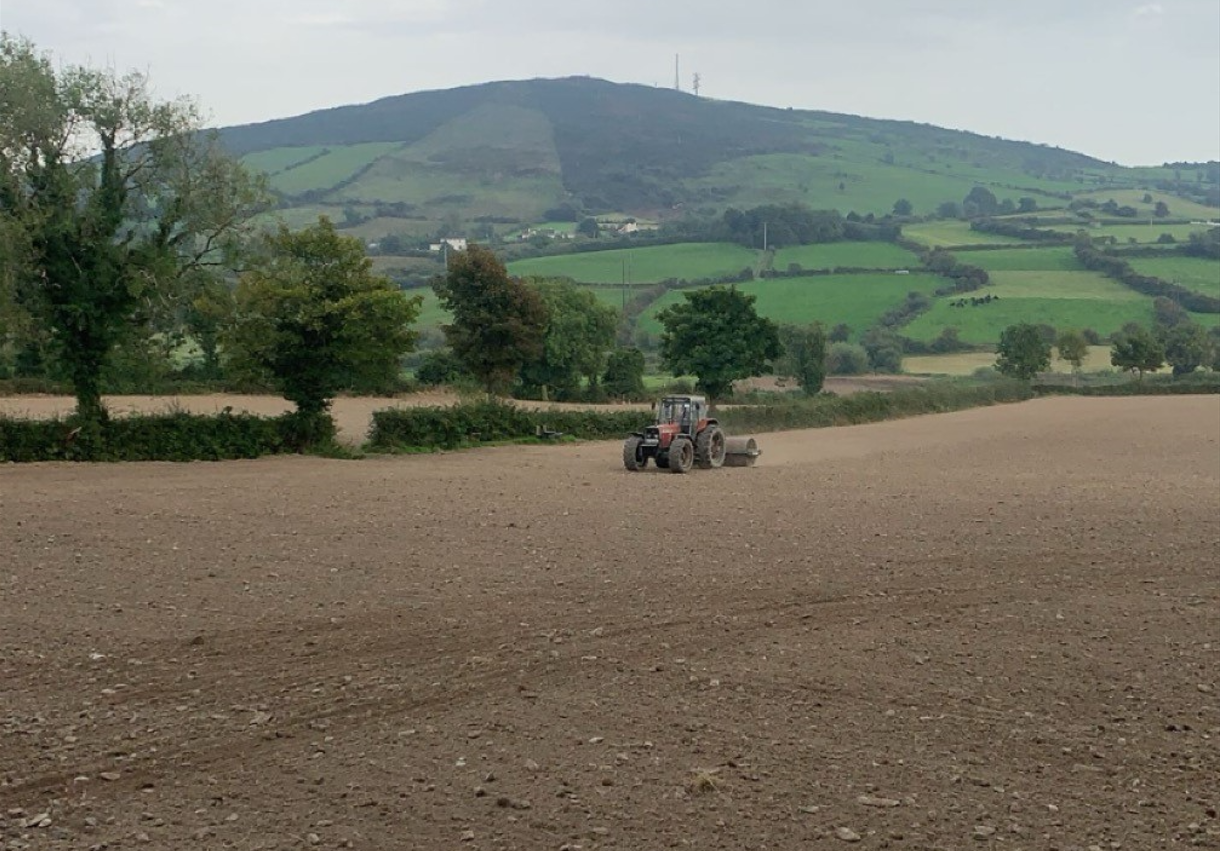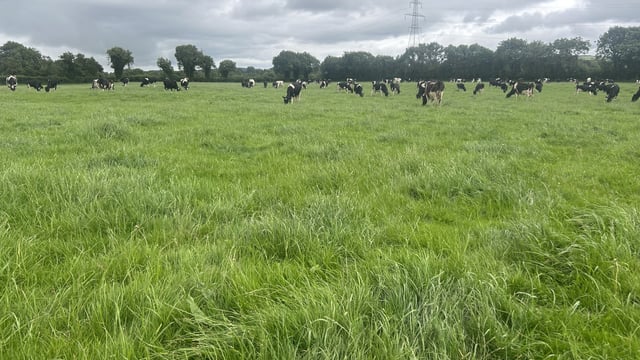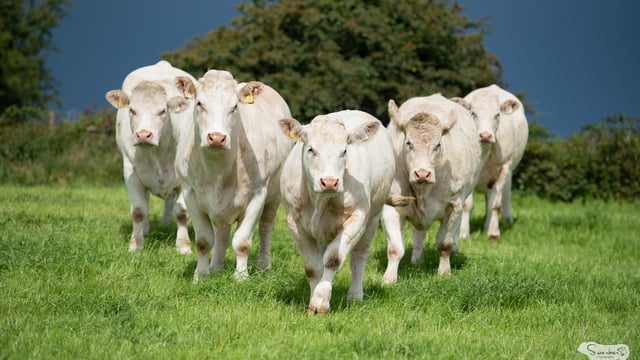Thinking of getting more reseeding done this autumn?
Autumn reseeding is still the preferred option on the majority of farms across the country as the pressure for grass availability eases up after second-cut silage.
Spring reseeds have become very popular due to clover establishment and weed control, which are probably the two draw-backs when it comes to an autumn reseed.
Many farmers are set to take a third cut of silage, which can cause a severe increase in grass demand.
However, if possible, there should still be an emphasis on getting some reseeding done before the year is out.
Reseeding this autumn will ensure that your soil is performing at its maximum level come the following spring, which should see good growth rates prevail throughout the growing season.
However, the further we progress into the autumn, the conditions and weather can make it difficult to get the reseeding done, and the weather can change rapidly, meaning getting the timing of it is crucial.
Reseeding is an expensive cost on farm but the return of investment is estimated to be between two to three years and leads to more grass grown per hectare, less feed costs, less meal fed, and more grass in the cows' diet.
The aim for an autumn reseed is to have the seed in the ground by the first week of September at the latest, as delaying it further into the month sees an increasing risk of poor germination due to the falling soil temperatures.
If conditions allow over the next few weeks, get more reseeding done instead of delaying until September, as conditions during August are usually more favourable and current grass growth is allowing a bit of leeway in most parts of the country.
With deteriorating soil conditions, establishing a firm seed bed will be difficult and there will be fewer opportunities to use a post-emergence spray and get a grazing in before the winter.
The target turnaround time for a reseed in the autumn should be 50-60 days, so farmers need to start picking out paddocks for reseeding now, in order to spray them off in time to get the seed in the ground in the first week of September.
Spray off the old pasture with a minimum of 5L/ha of glyphosate and allow a minimum of 7-10 days after spraying before cultivating.
Trash should be removed five days after spraying either through cutting or grazing. Soil testing should be carried out to put a liming and fertiliser programme for the reseeded field in place.
The Pasture Profit Index (PPI) should be used to to identify a suitable grass for your farm, as the variety tool will identify the best varieties to sow when reseeding at different times of the year.
Sowing white clover in the autumn can be difficult to establish, as soil temperatures are on decline and at this time of the year, clover finds it difficult to compete with grass.
When incorporating clover into your autumn reseed, the earlier you start, the better.
Whether ploughing, discing, one-passing or direct drilling, each of these are equally effective when done right. One method may suit your land type better and should be discussed with other farmers or your adviser.
Applying a post-emergence weed spray once the grass is at the 2-3 leaf stage after about five to six weeks after sowing, is crucial for controlling weed infestation.
It is also essential that the new reseed gets a grazing as soon as possible, as the plants are not able to pull out of the ground at approximately 700-1,000kg DM/ha.






